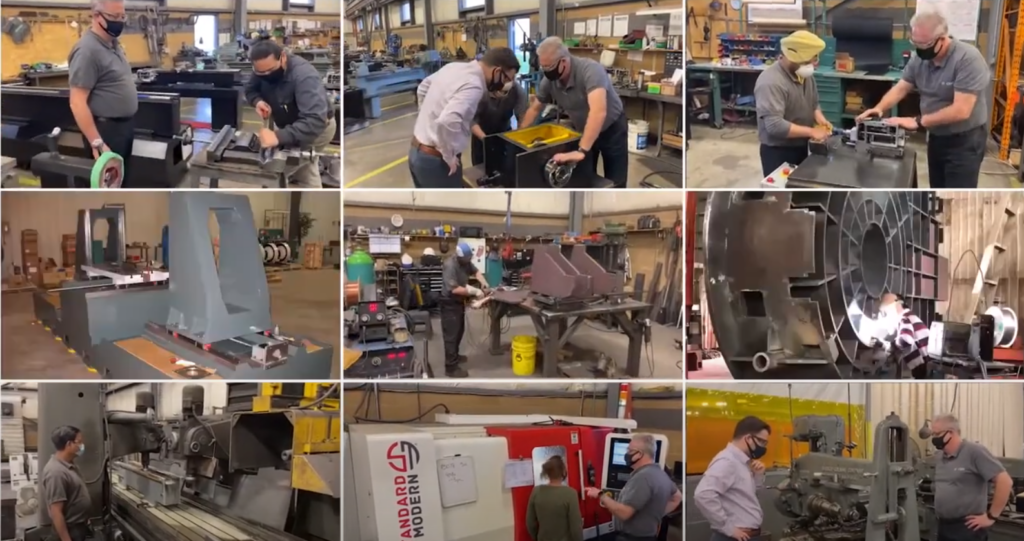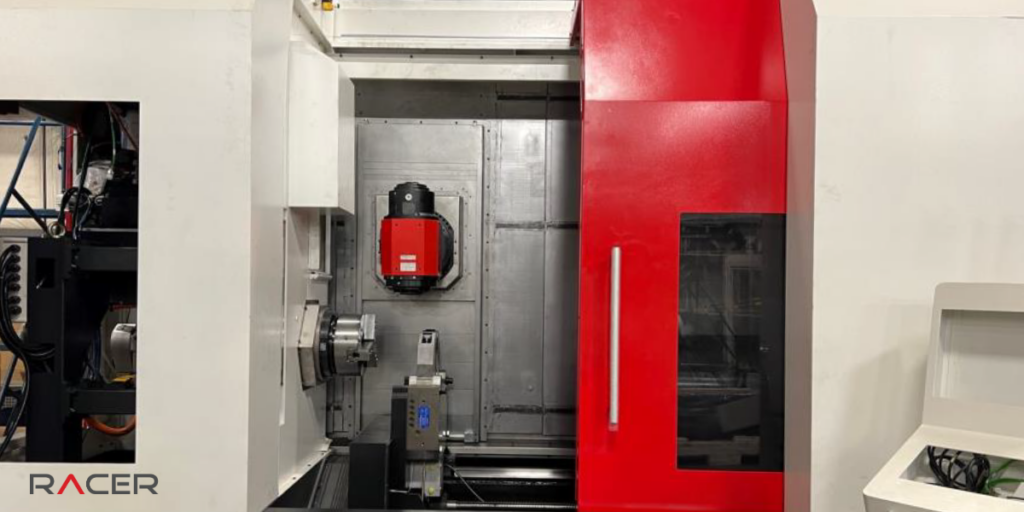CNC Machine Types: A Guide for Manufacturers
Leave a CommentYou may also like:
Sustainable Manufacturing: Reshaping the Future
History of CNC Machines: Impact on Manufacturing
Advances in Multi-Axis Machining: Evolving Precision
The ever-growing world of CNC (Computer Numerical Control) machining offers manufacturers a powerful tool for creating precise and repeatable parts. However, with a diverse range of CNC machines available (CNC milling machines, CNC lathes, CNC turning centers, etc.), selecting the right one for your specific needs can be a challenge for OEM suppliers and CNC manufacturing companies.
This blog post aims to be your guide, providing an overview of the most common CNC machine types and their capabilities to empower you to make an informed decision when selecting a CNC machine for your operation.
Understanding Your Needs
Before diving into specific machines, it’s crucial to understand your manufacturing requirements. Here are some key factors to consider:
Part Complexity
Simpler parts may require basic 3-axis machining, while intricate geometries may necessitate multi-axis machines.
Material Type
Different materials require varying levels of power and specific cutting tools. Choose a machine compatible with your chosen materials.
Production Volume
High-volume production might benefit from faster, automated machines, while smaller-batch production may be suited for more versatile options.
Budget
CNC machines vary significantly in price. Determine your budget and prioritize features that align with your needs.
The Major Players: Common CNC Machine Types
CNC Milling Machines
These versatile machines use rotating cutting tools to remove material from a workpiece, creating precise shapes and features. They are well-suited for a wide range of parts and materials, making them a popular choice for general machining applications.
CNC Lathes
Lathes excel at creating cylindrical or conical shapes. The workpiece rotates while a cutting tool cuts or shapes the material. They are ideal for producing parts like shafts, gears, and bushings.
CNC Turning Centers
These combine the capabilities of CNC lathes with milling functionalities, offering greater versatility for complex parts with both rotational and non-rotational features.
CNC Vertical Machining Centers (VMCs)
VMCs feature a stationary workpiece and a movable tool head along three axes (X, Y, and Z). They are ideal for complex 3D milling operations.
CNC Horizontal Machining Centers (HMCs)
HMCs offer a similar functionality to VMCs but are designed for handling larger, heavier workpieces.
5-Axis CNC Machines
These advanced machines add two additional rotational axes (A and B) to the standard three, allowing for complex machining from multiple angles in a single setup.
Additional Considerations
Beyond the core types, factors like spindle speed and power, tool changing mechanisms, and automation capabilities should also be considered.
Making the Choice
There’s no “one size fits all” answer when choosing a CNC machine. Carefully evaluate your needs, prioritize features that align with your production requirements, and don’t hesitate to consult with CNC machine manufacturers or experienced machinists.
In Conclusion
Selecting the right CNC machine is an investment in your manufacturing capabilities. By understanding your specific needs and exploring the different machine types and their functionalities, you can make an informed decision that empowers your business to thrive.

